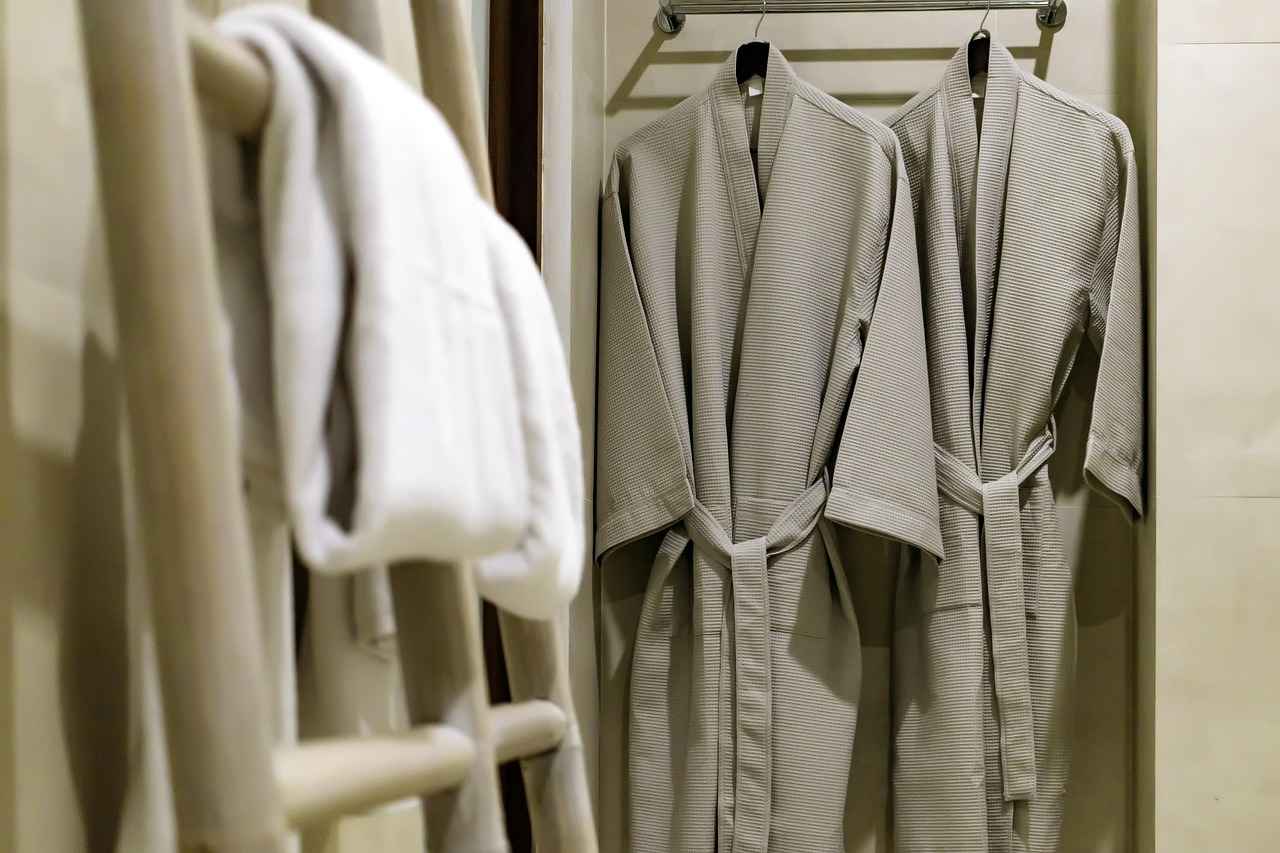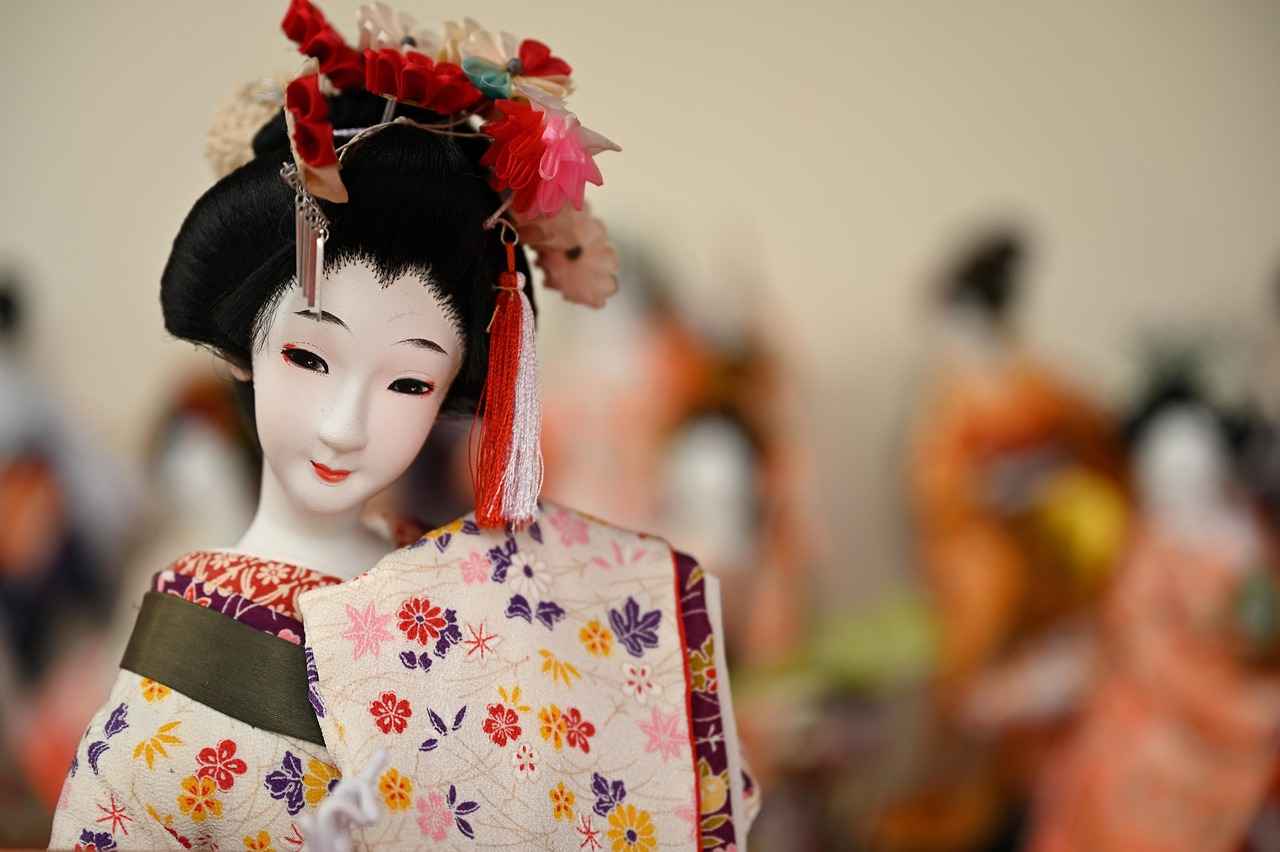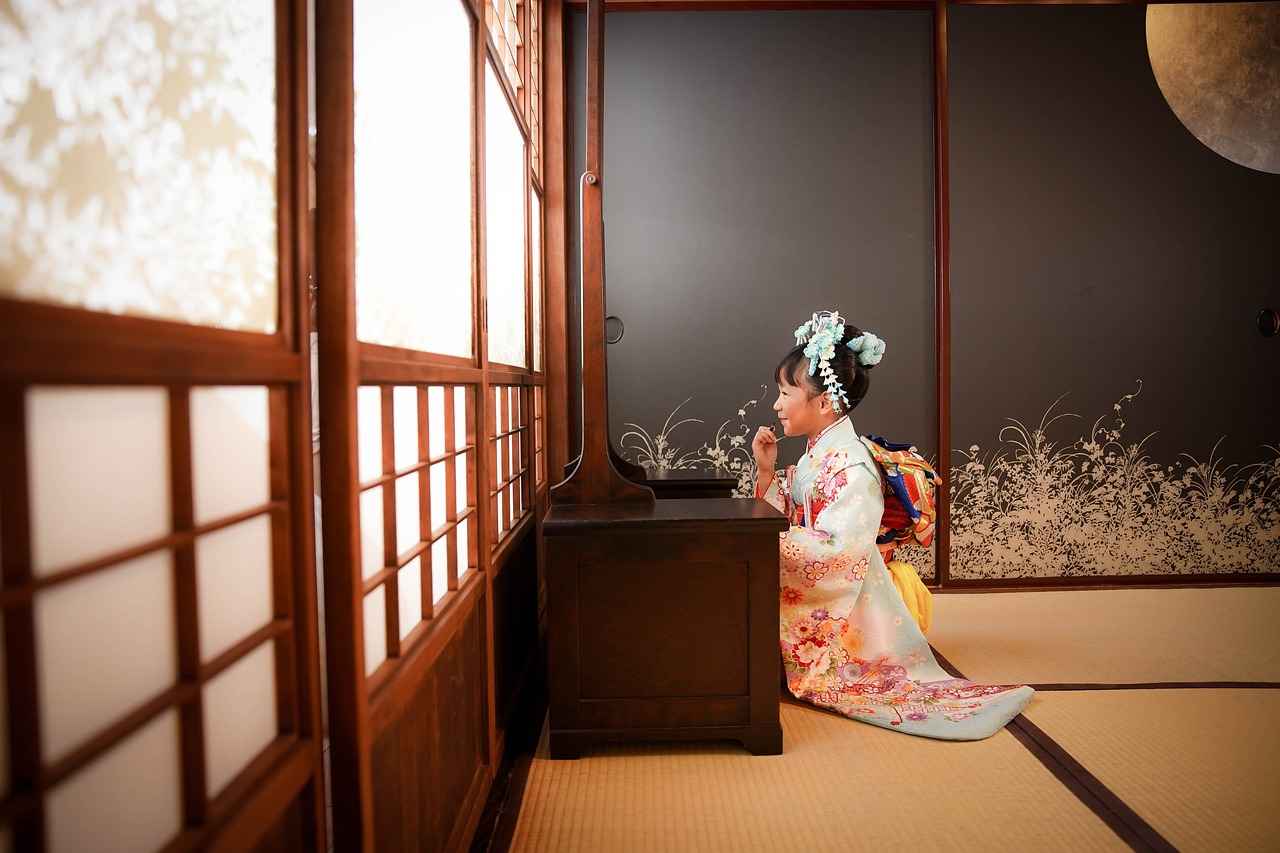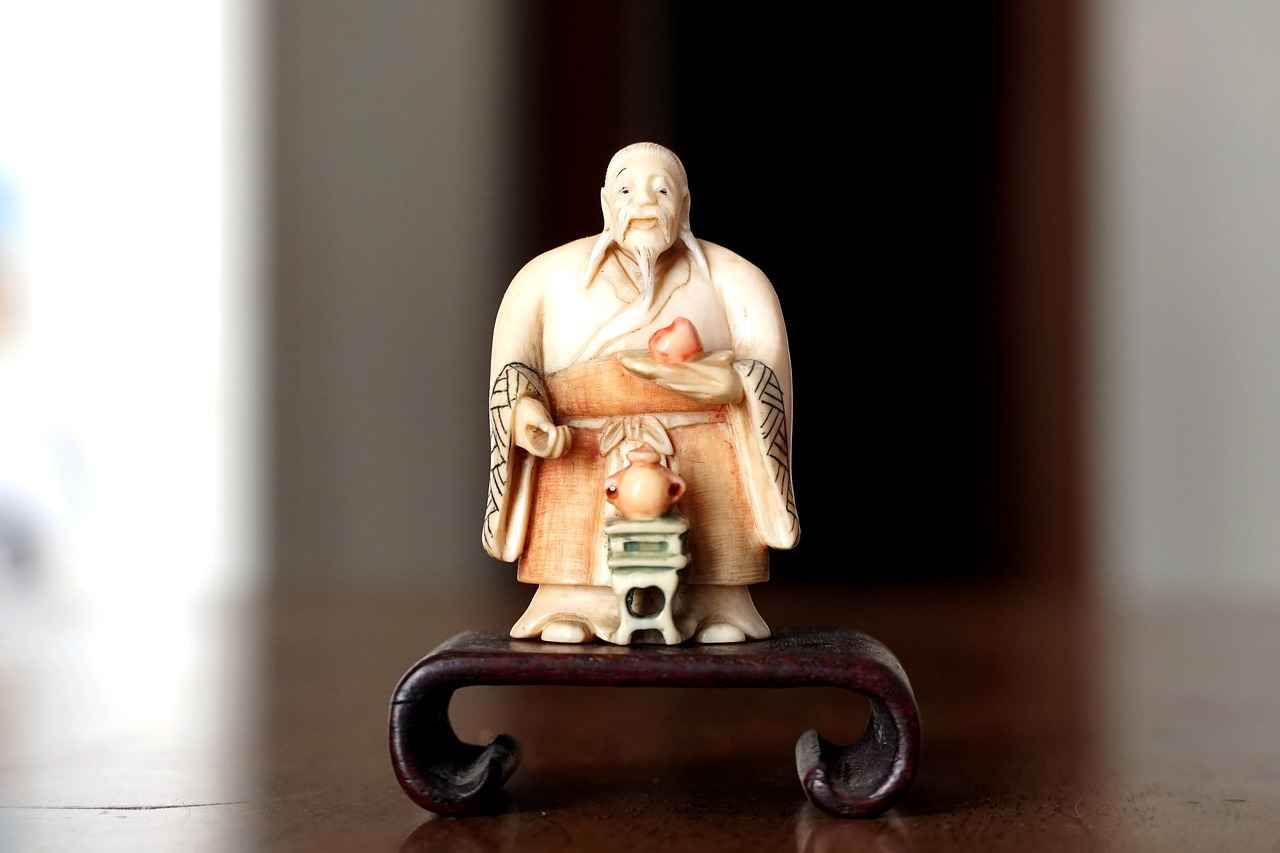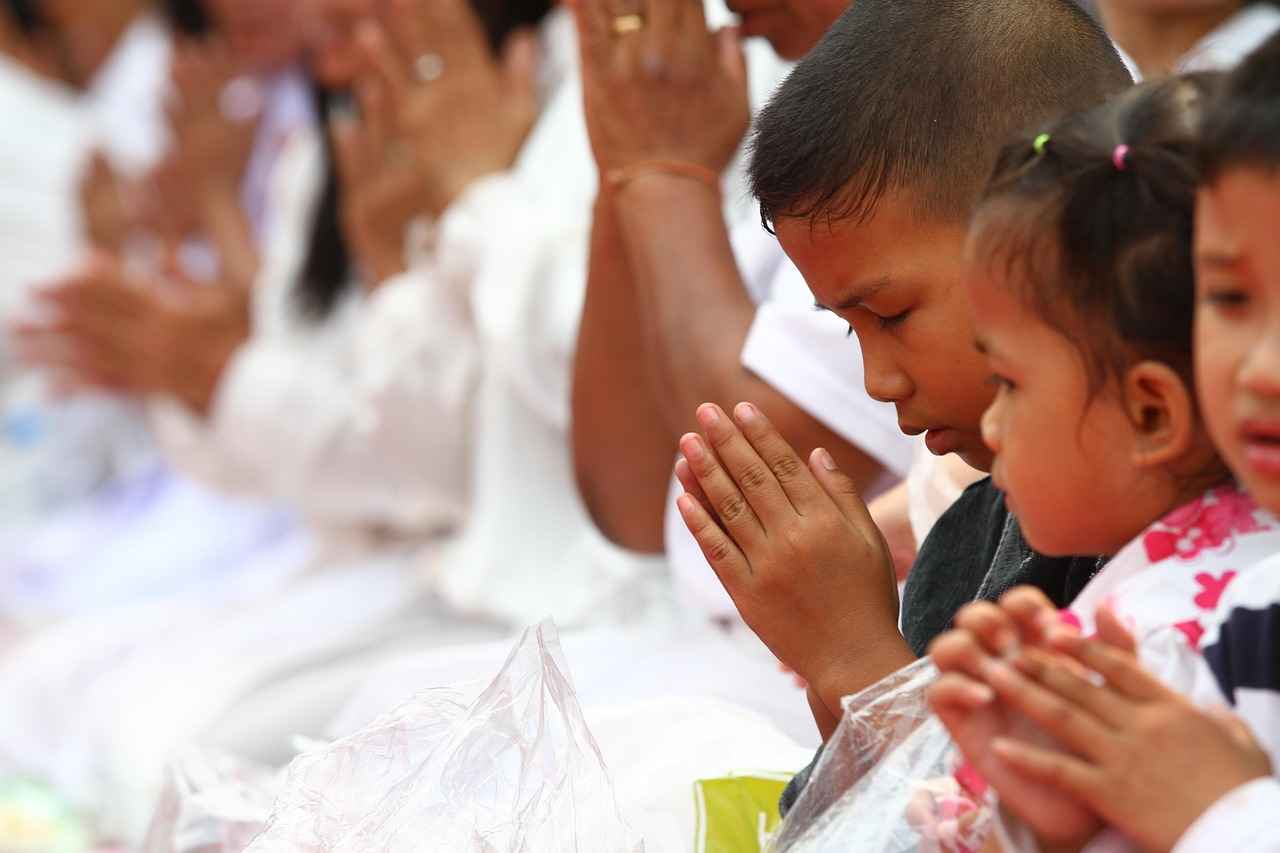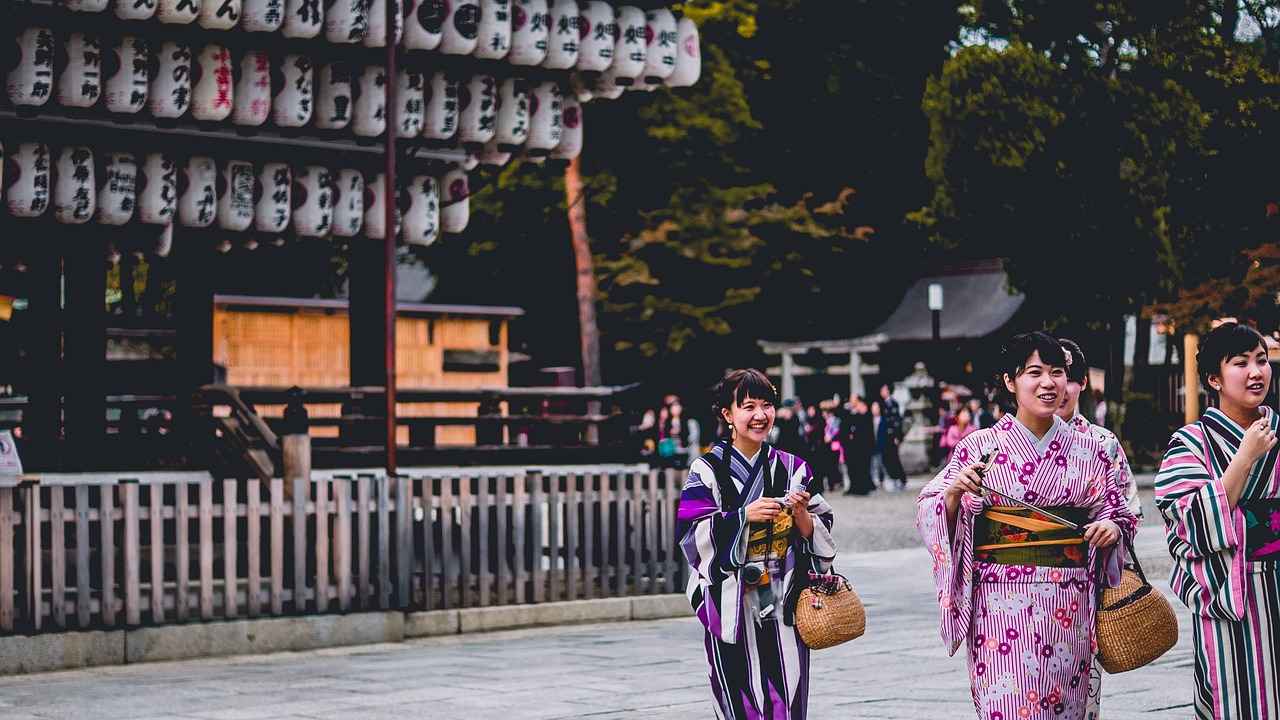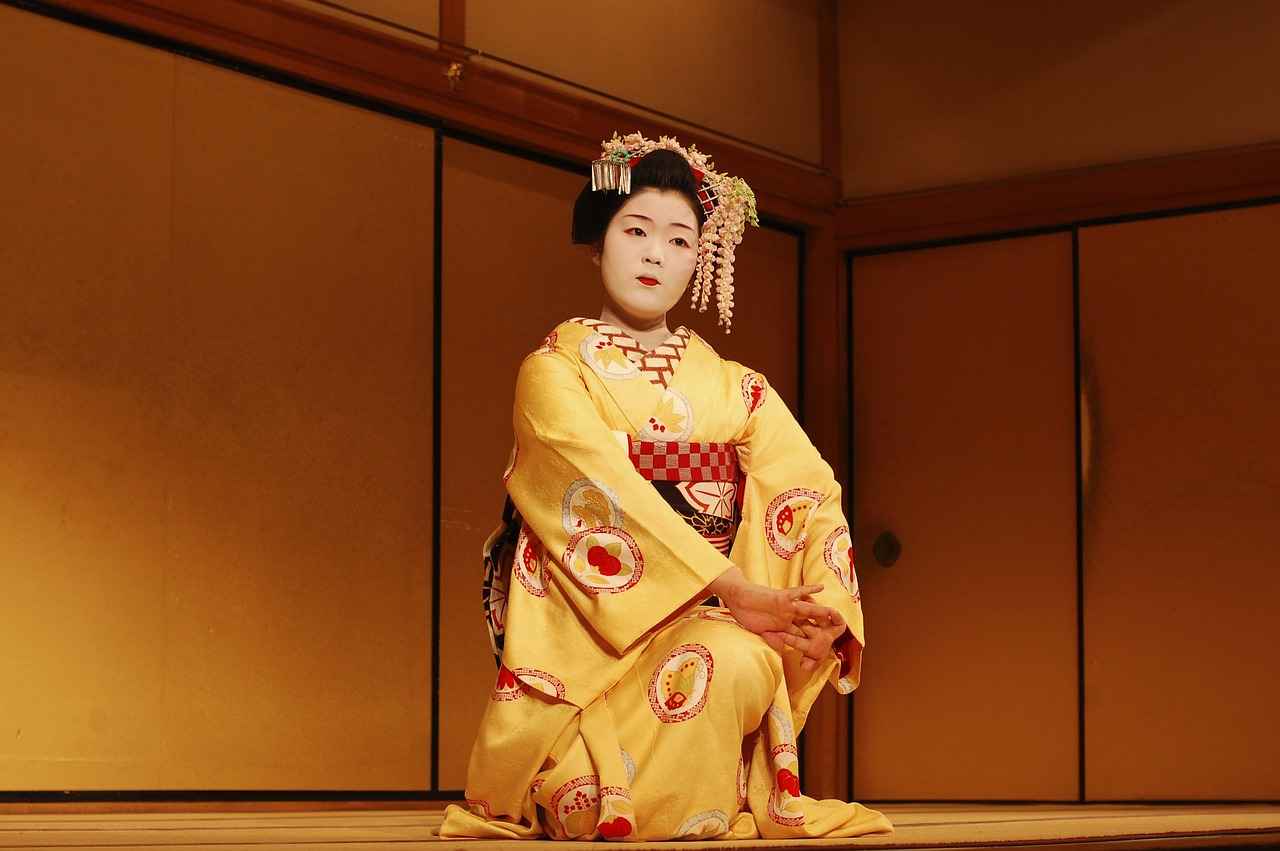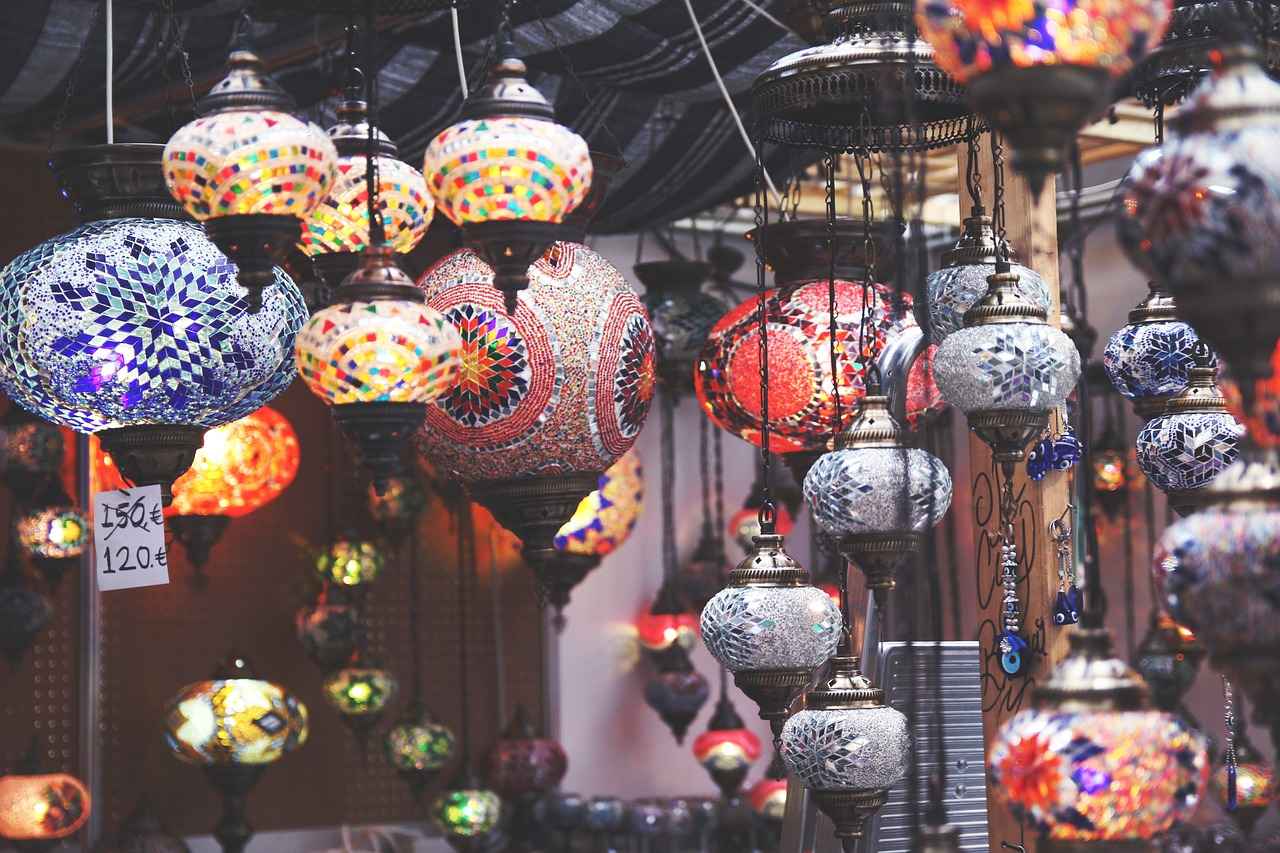This article explores the rich history, cultural significance, and various styles of traditional Japanese kimonos, highlighting their enduring allure and relevance in contemporary fashion.
The Historical Significance of Kimonos
Kimonos have been an integral part of Japanese culture for centuries, representing not only clothing but also a profound symbol of cultural identity and heritage. The origins of the kimono can be traced back to the Heian period (794-1185), where it evolved through various dynasties, reflecting changes in society, art, and fashion. Understanding this evolution enhances our appreciation for the kimono’s lasting impact on Japanese society.
Types of Kimonos: A Comprehensive Guide
There are several types of kimonos, each designed for specific occasions. Below is a summary of the most common styles:
- Formal Kimonos: These include Furisode and Tomesode, often worn during significant life events.
- Casual Kimonos: Styles like Yukata and Hifu are popular for summer festivals and casual gatherings.
Formal Kimonos: Furisode and Tomesode
Formal kimonos, such as Furisode and Tomesode, are typically reserved for important ceremonies. Furisode, known for its long sleeves, symbolizes youth and is usually worn by unmarried women during celebrations like coming-of-age ceremonies. In contrast, Tomesode, with its shorter sleeves, is worn by married women, showcasing a more mature elegance during formal occasions.
Casual Kimonos: Yukata and Hifu
Casual kimonos like Yukata are made from lighter fabrics, making them ideal for summer festivals. They are often adorned with vibrant patterns and are worn with simple accessories, reflecting a more relaxed style.
The Art of Kimono Fabric and Dyeing
The beauty of kimonos lies in their intricate fabrics and dyeing techniques. Silk is the most cherished material, known for its softness and luster. Traditional dyeing methods like Shibori and Yuzen enhance the kimono’s aesthetic, adding depth and cultural significance.
Wearing a Kimono: Cultural Etiquette and Styles
Donning a kimono involves specific etiquette and styling techniques, ensuring respect for tradition. It is essential to understand how to properly wear the garment, including the correct way to tie the obi (belt) and the significance of each layer.
Kimonos in Modern Fashion: A Contemporary Revival
In recent years, kimonos have seen a resurgence in modern fashion, with designers creatively incorporating traditional elements into contemporary styles. This blend of old and new continues to captivate audiences worldwide, proving the kimono’s versatility and enduring appeal.
Conclusion: The Enduring Legacy of Kimonos
Kimonos are more than just clothing; they embody a rich cultural legacy that transcends time. Their timeless beauty and ongoing relevance in both traditional and modern contexts ensure that they will remain a cherished aspect of Japanese culture for generations to come.
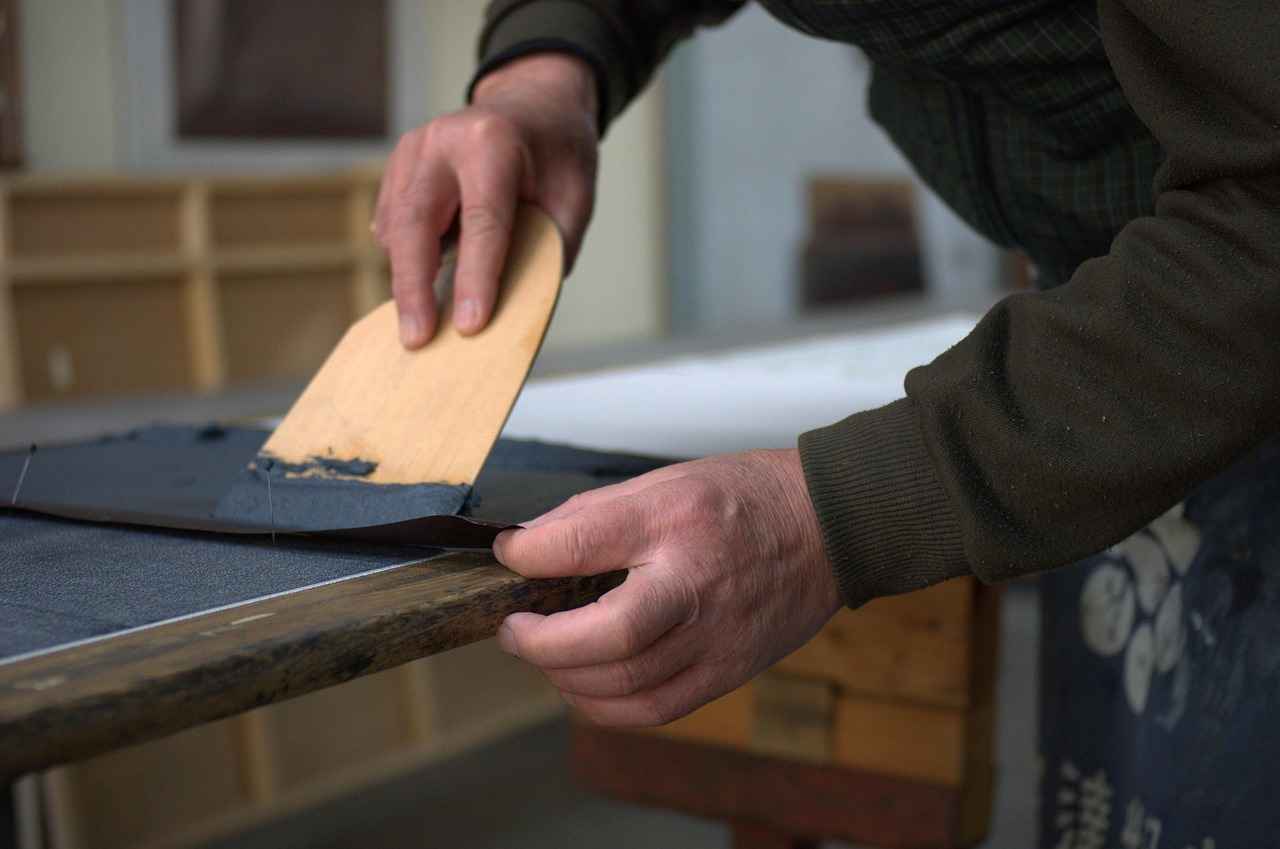
The Historical Significance of Kimonos
Traditional Japanese Kimonos are not merely garments; they embody the essence of Japanese culture and identity. Their history is deeply intertwined with the nation’s traditions, rituals, and social customs. This article delves into the historical significance of kimonos, exploring their origins and the profound impact they have had on Japanese society.
The kimono’s roots can be traced back over a thousand years, evolving from the Heian Period (794-1185) when it was first established as a formal garment. Initially, kimonos were designed for functionality, but over time, they became a canvas for artistic expression, showcasing intricate designs and vibrant colors. The symbolism embedded in kimono patterns often reflects nature, seasons, and even family heritage.
Each kimono type serves a specific purpose, representing various life stages and societal roles. For instance, the Furisode, with its long sleeves, is traditionally worn by young, unmarried women during significant life events such as weddings and coming-of-age ceremonies. In contrast, the Tomesode, characterized by shorter sleeves, is reserved for married women and is often seen at formal gatherings.
Understanding the cultural significance of kimonos is essential for appreciating their role in Japanese society. They are worn during festivals, ceremonies, and even daily life, each occasion requiring specific styles and accessories. This adherence to tradition highlights the importance of kimonos in maintaining cultural continuity, even in an ever-changing world.
In conclusion, the historical significance of kimonos extends beyond their aesthetic appeal. They serve as a testament to Japan’s rich cultural heritage, symbolizing the values and traditions that have been passed down through generations. By recognizing their importance, we can better appreciate the timeless beauty and ongoing relevance of kimonos in contemporary society.
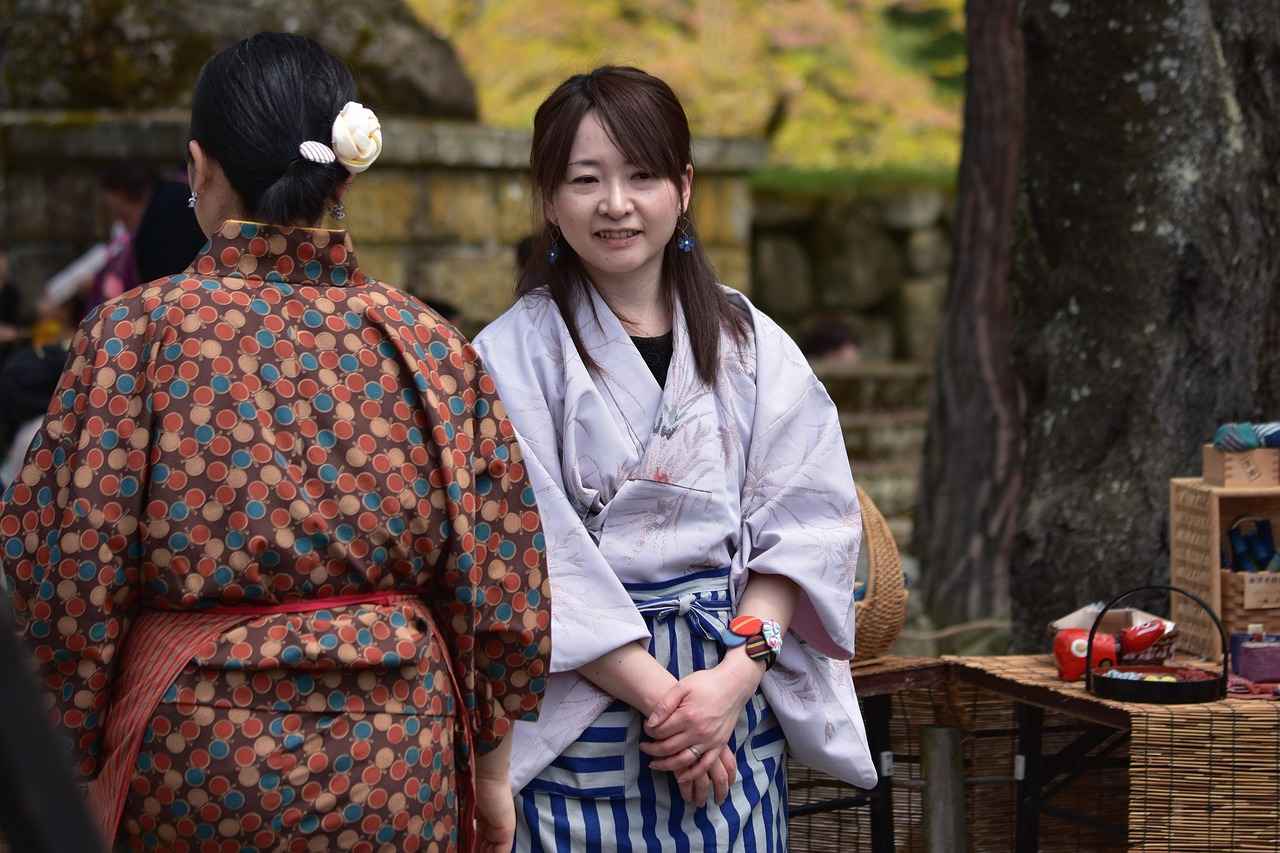
Types of Kimonos: A Comprehensive Guide
Kimonos are an integral part of Japanese culture, representing a rich tapestry of tradition and style. Each type of kimono serves a distinct purpose and is designed for specific occasions, making them a fascinating subject for exploration. Below, we delve into the various types of kimonos, highlighting their unique characteristics and the contexts in which they are worn.
- Formal Kimonos: These kimonos are worn during significant ceremonies and events. The two most prominent styles are:
- Furisode: Characterized by its long sleeves, Furisode is traditionally worn by young, unmarried women. This vibrant kimono is often adorned with intricate designs and colors, symbolizing youth and elegance. It is typically worn during coming-of-age ceremonies and weddings.
- Tomesode: In contrast, the Tomesode features shorter sleeves and is reserved for married women. This kimono is usually more subdued in color and design, often showcasing elegant motifs that signify maturity and sophistication. It is commonly worn at formal gatherings, such as weddings and tea ceremonies.
- Casual Kimonos: These styles are perfect for relaxed settings and seasonal events. Notable examples include:
- Yukata: A lightweight cotton kimono, the Yukata is popular during summer festivals and fireworks displays. Its vibrant colors and patterns make it a favorite choice for casual outings, providing comfort and style.
- Hifu: Traditionally worn as a casual garment, the Hifu is a short kimono often paired with a matching obi. It is typically seen in informal settings and is favored for its ease of wear.
- Other Styles: Beyond the formal and casual categories, there are various other kimonos, such as:
- Shiro-muku: A pure white kimono worn by brides during Shinto weddings, symbolizing purity and new beginnings.
- Komon: A casual kimono featuring a repeated pattern, suitable for everyday wear.
In conclusion, the variety of kimonos reflects the rich cultural heritage of Japan. Each style carries its own significance, allowing wearers to express themselves while honoring tradition. Understanding these differences enhances appreciation for this timeless garment.
Formal Kimonos: Furisode and Tomesode
In the realm of traditional Japanese attire, formal kimonos hold a special place, particularly the Furisode and Tomesode. These exquisite garments are not merely clothing; they embody cultural significance and are reserved for momentous occasions. Understanding their designs and the events they represent provides insight into the rich tapestry of Japanese tradition.
| Kimono Type | Design Features | Occasions |
|---|---|---|
| Furisode | Characterized by long, flowing sleeves and vibrant colors | Worn by young women during coming-of-age ceremonies, weddings, and other formal celebrations |
| Tomesode | Features shorter sleeves and often has more subdued colors | Typically worn by married women at weddings, tea ceremonies, and formal gatherings |
The Furisode is often seen as a symbol of youth and vitality. Its long sleeves can reach up to 100 centimeters, making it a striking choice for celebratory events. The vibrant colors and intricate patterns often depict nature, symbols of good fortune, and auspicious motifs, enhancing its appeal during significant life milestones.
On the other hand, the Tomesode exudes a sense of maturity and elegance. Typically worn by married women, it is characterized by its more subtle designs and shorter sleeves. The color palette is often more restrained, with darker shades being preferred. This kimono is traditionally adorned with family crests, showcasing the wearer’s heritage and status during formal occasions.
Both kimonos not only reflect personal style but also serve as a connection to Japanese culture and tradition. Wearing these garments at important events reinforces the significance of the occasion, allowing individuals to honor their heritage while participating in modern celebrations.
Furisode: The Youthful Elegance
Furisode is a traditional Japanese kimono that is instantly recognizable due to its long, flowing sleeves. Typically worn by young, unmarried women, the Furisode is not just a garment but a symbol of youth and femininity in Japanese culture. This elegant attire is often donned during significant life events, such as coming-of-age ceremonies, weddings, and formal celebrations, marking important milestones in a woman’s life.
The symbolism associated with Furisode is profound. The long sleeves represent elegance and grace, while the vibrant colors and intricate patterns often reflect the wearer’s personality and aspirations. Traditionally, these kimonos are adorned with beautiful motifs that can signify various meanings, such as prosperity, happiness, and good fortune. The choice of color and design is often influenced by the season, occasion, and even the wearer’s family background, making each Furisode unique.
One of the most notable ceremonies involving the Furisode is the Seijin Shiki, or Coming of Age Day, celebrated annually in Japan. On this day, young women who have reached the age of 20 don their Furisode to commemorate their transition into adulthood. The ceremony is filled with festivities, speeches, and traditional rituals, emphasizing the values of responsibility and maturity.
In addition to Seijin Shiki, Furisode is often worn at weddings, where it symbolizes the bride’s youth and beauty. The elaborate designs and luxurious fabrics used in these kimonos make them a centerpiece of traditional Japanese weddings, showcasing the cultural heritage and craftsmanship involved in their creation.
In conclusion, the Furisode is more than just a beautiful piece of clothing; it embodies the essence of Japanese culture and the journey of young women as they embrace their roles in society. Its rich symbolism and association with important life events ensure that the Furisode remains a cherished garment, representing both tradition and elegance.
Tomesode: The Mature Sophistication
Tomesode is a traditional Japanese kimono that embodies mature sophistication and elegance, often worn by married women during formal occasions. Its design is characterized by shorter sleeves, which distinguish it from other kimono styles such as Furisode, which features long sleeves and is typically worn by young, unmarried women. In this section, we delve into the intricate design elements and the cultural significance of Tomesode, particularly during important events.
The design elements of Tomesode are noteworthy. The kimono is usually crafted from luxurious silk and often features intricate patterns and motifs that symbolize good fortune and happiness. The colors of Tomesode can vary, but they are generally more subdued compared to the vibrant hues of Furisode. Common colors include deep blues, greens, and blacks, often adorned with elegant designs such as floral patterns or traditional landscapes. These motifs are not just decorative; they carry symbolic meanings that reflect the wearer’s aspirations and social status.
During formal events such as weddings, tea ceremonies, and other significant celebrations, the Tomesode holds a special place. It is often worn by mothers of the bride or groom, signifying their role and status within the family. The cultural significance of Tomesode extends beyond mere attire; it represents the heritage and traditions of Japan, emphasizing the importance of family and community during such gatherings.
In addition to its aesthetic appeal, the Tomesode also reflects the values of respect and honor in Japanese culture. Wearing this kimono is a way for women to connect with their heritage and showcase their appreciation for traditional craftsmanship. As society evolves, the Tomesode continues to be a cherished garment, embodying the timeless beauty and cultural richness of Japan.
Casual Kimonos: Yukata and Hifu
Casual kimonos, particularly Yukata and Hifu, embody a relaxed yet vibrant style that is perfect for summer festivals and outdoor events. These garments not only reflect the rich cultural heritage of Japan but also offer comfort and versatility, making them a favorite among both locals and tourists.
Yukata: The Lightweight Summer Attire
The Yukata is a traditional summer kimono made from lightweight cotton, designed to be breathable and comfortable during hot weather. It is often adorned with colorful patterns that evoke the spirit of summer, such as floral designs or seasonal motifs. Typically worn at festivals, fireworks displays, and casual gatherings, Yukata is easy to wear and comes in various styles, making it accessible for all ages.
Hifu: The Versatile Jacket
On the other hand, the Hifu is a traditional Japanese jacket that can be paired with various outfits, including Yukata. Made from thicker fabric, it provides warmth during cooler evenings while maintaining a stylish appearance. Hifu often features intricate designs and can be worn by both men and women, making it a versatile addition to casual wear.
| Kimono Type | Material | Typical Usage |
|---|---|---|
| Yukata | Cotton | Summer festivals, casual outings |
| Hifu | Thicker fabric | Layering over Yukata, casual wear |
Both Yukata and Hifu are not just garments; they are a celebration of Japanese culture and tradition. Wearing these casual kimonos allows individuals to connect with Japan’s rich heritage while enjoying the comfort and style they provide. As summer approaches, these kimonos become essential for anyone looking to immerse themselves in the festive atmosphere of Japanese summer.
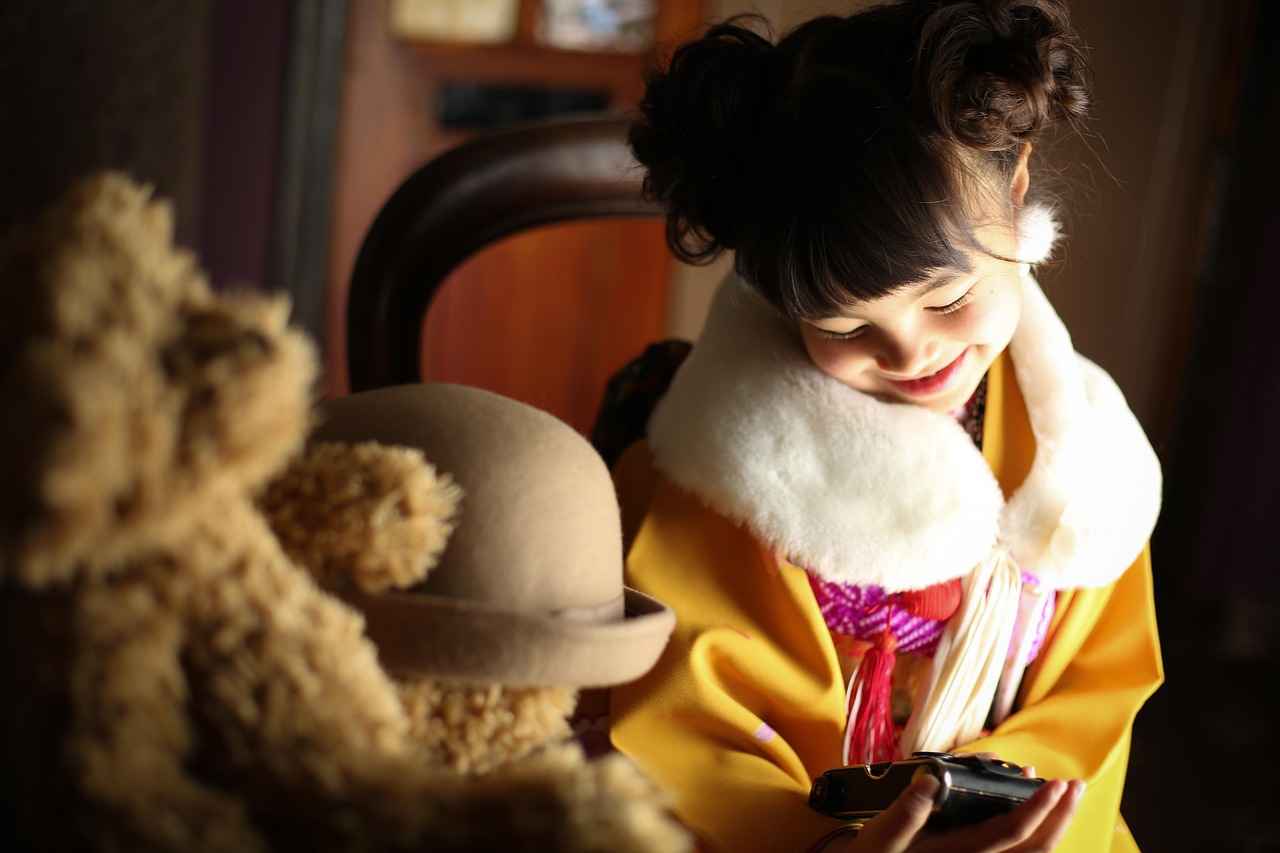
The Art of Kimono Fabric and Dyeing
The beauty of kimonos lies not only in their elegant designs but also in the meticulous craftsmanship involved in their creation. This section delves into the intricate fabrics and dyeing techniques that define these traditional garments, showcasing the artistry that has been passed down through generations.
One of the most significant materials used in kimono production is silk. Renowned for its luxurious feel and radiant sheen, silk has been the fabric of choice for kimonos for centuries. Its ability to drape beautifully enhances the overall silhouette of the garment, making it a symbol of elegance and refinement. Additionally, silk’s natural properties allow for vibrant dye absorption, resulting in stunning color outcomes.
| Fabric Type | Characteristics | Common Uses |
|---|---|---|
| Silk | Soft, lustrous, and durable | Formal occasions |
| Cotton | Breathable and lightweight | Casual wear |
| Wool | Warm and sturdy | Winter garments |
In addition to the choice of fabric, the dyeing techniques used in kimonos also play a crucial role in their beauty. Two of the most celebrated methods are Shibori and Yuzen. Shibori involves a technique of folding, twisting, or bunching the fabric before dyeing, creating unique patterns that are both artistic and intricate. This method is not only visually appealing but also reflects the individuality of each kimono.
On the other hand, Yuzen is a hand-painting technique that allows for elaborate designs, often featuring nature-inspired motifs. The precision and detail involved in this process highlight the skill of the artisans, making each piece a work of art.
In conclusion, the artistry behind kimono fabric and dyeing techniques is a testament to Japan’s rich cultural heritage. Each kimono tells a story, woven through its fabric and colors, reflecting the deep-rooted traditions and the creativity of its makers.
Silk: The Luxurious Choice
Silk is widely regarded as the most cherished fabric for kimonos, celebrated for its unparalleled softness and stunning luster. This luxurious material is not only aesthetically pleasing but also carries a rich history and cultural significance that enhances the allure of traditional Japanese attire.
One of the most notable qualities of silk is its breathability. Unlike many synthetic fabrics, silk allows air to circulate, making it comfortable to wear in various climates. This feature is particularly advantageous during the hot and humid summer months in Japan, where kimonos are often worn at festivals and special occasions.
Moreover, silk has a natural sheen that reflects light beautifully, giving kimonos a radiant appearance. This luster is enhanced through traditional dyeing techniques, such as Shibori and Yuzen, which create intricate patterns and vibrant colors that are synonymous with the elegance of kimonos.
Another reason for silk’s popularity is its durability. While it may seem delicate, silk fibers are surprisingly strong and can withstand regular wear. This resilience ensures that kimonos made from silk can be treasured for generations, often becoming family heirlooms passed down through the years.
In addition to its physical properties, silk also holds cultural significance. Wearing a silk kimono is often associated with important life events, such as weddings and ceremonies, symbolizing grace and refinement. The choice of silk reflects not only personal style but also respect for tradition and heritage.
In summary, silk remains the luxurious choice for kimonos due to its unique blend of softness, breathability, durability, and cultural importance. Its timeless appeal continues to captivate wearers, making it an enduring favorite in the realm of traditional Japanese fashion.
Shibori and Yuzen: Traditional Dyeing Techniques
Shibori and Yuzen are two ancient dyeing techniques that have played a pivotal role in enhancing the aesthetic appeal of traditional Japanese kimonos. These methods not only showcase the artistry involved in kimono creation but also reflect the rich cultural heritage of Japan.
Shibori, which translates to “to wring, squeeze, or press,” involves a variety of resist-dyeing techniques. This method allows artisans to create intricate patterns by binding, stitching, or folding the fabric before dyeing it. The result is a stunning array of designs, ranging from delicate motifs to bold, geometric patterns. Each piece of shibori-dyed fabric is unique, making it a highly valued art form. The technique dates back to the 8th century and has evolved over the centuries, with regional variations adding to its diversity.
On the other hand, Yuzen is a freehand dyeing technique that allows for intricate designs to be painted directly onto the fabric. This method utilizes rice paste to create outlines, which are then filled with vibrant dyes. The flexibility of Yuzen enables artisans to depict elaborate scenes, floral patterns, and even landscapes, showcasing their creativity and skill. Originating in the Edo period (1603-1868), Yuzen has become synonymous with high-quality kimono fabrics and is often used for ceremonial garments.
| Technique | Characteristics | Cultural Significance |
|---|---|---|
| Shibori | Resist-dyeing, unique patterns | Represents craftsmanship and individuality |
| Yuzen | Freehand painting, vibrant colors | Symbolizes artistic expression and tradition |
Both Shibori and Yuzen not only enhance the beauty of kimonos but also serve as a testament to Japan’s rich textile history. These methods are celebrated in various cultural events and continue to inspire contemporary fashion designers, ensuring that the legacy of these traditional dyeing techniques endures in modern times.
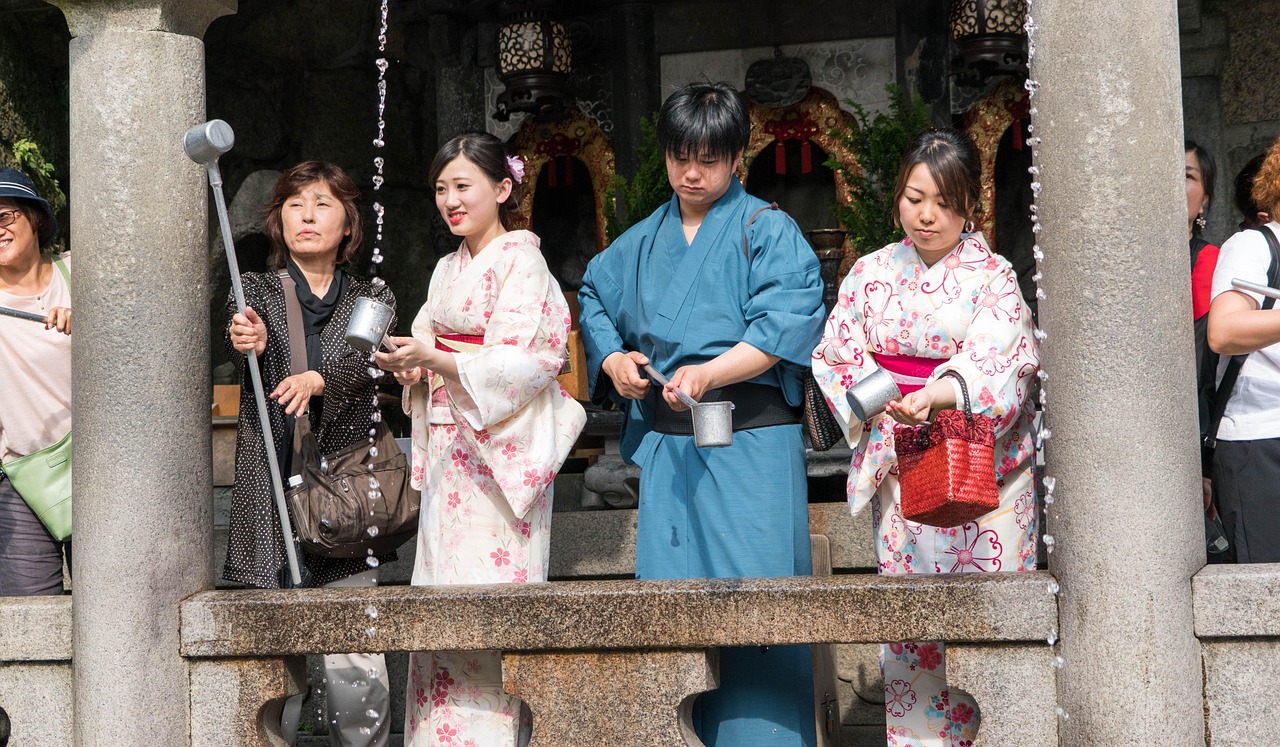
Wearing a Kimono: Cultural Etiquette and Styles
Wearing a kimono is not merely about putting on a garment; it is a rich expression of Japanese culture and tradition. Understanding the etiquette and styling techniques associated with this beautiful attire enhances the experience and shows respect for its heritage. This section aims to provide practical insights on how to wear a kimono correctly.
To begin with, it is essential to choose the right type of kimono for the occasion. There are various styles, including formal kimonos like Furisode and Tomesode, as well as casual ones like Yukata. Each style has specific occasions and meanings attached to it.
When putting on a kimono, follow these steps for proper wearing:
- Start with the Undergarments: Before wearing the kimono, put on a juban (an undergarment) to protect the kimono fabric.
- Wear the Kimono: Slip into the kimono, ensuring the left side overlaps the right side, as this is the traditional way to wear it. The right side should never be on top, as this is reserved for dressing the deceased.
- Adjust the Length: The hem of the kimono should ideally reach the ankles. Adjust as necessary, using a obi (belt) to secure it in place.
- Folding the Obi: The obi should be tied at the back in a bow, and its style can vary depending on the formality of the occasion. Ensure that it is neat and well-secured.
- Final Touches: Make sure the kimono is straightened out and that the sleeves are positioned correctly. Accessories like obijime (cord) can add elegance.
In addition to the physical aspects of wearing a kimono, understanding the cultural significance is crucial. For instance, certain colors and patterns may signify different meanings, such as purity or celebration. Being aware of these nuances can deepen your appreciation and respect for this timeless attire.
In conclusion, wearing a kimono is an art form that combines tradition, etiquette, and personal expression. By following these guidelines, one can ensure that they honor the cultural significance of the kimono while enjoying its beauty.
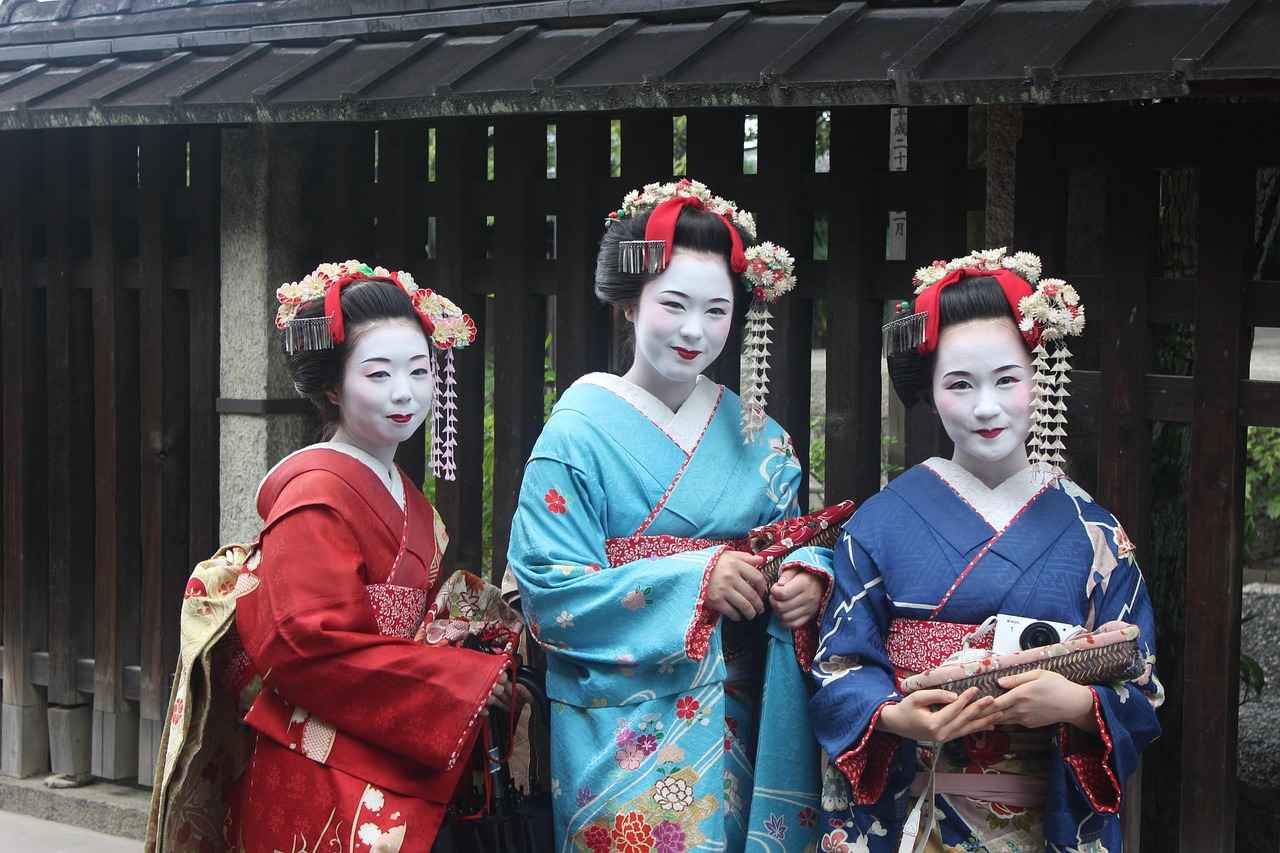
Kimonos in Modern Fashion: A Contemporary Revival
In recent years, kimonos have experienced a remarkable resurgence in the realm of modern fashion, captivating designers and fashion enthusiasts alike. This traditional Japanese garment, once primarily reserved for cultural ceremonies and formal occasions, is now being reimagined and incorporated into contemporary wardrobes. This evolution not only reflects a growing appreciation for cultural heritage but also highlights the versatility of the kimono in today’s fashion landscape.
Designers are creatively blending traditional elements with modern aesthetics, resulting in an array of styles that appeal to a diverse audience. From luxurious silk fabrics adorned with intricate patterns to casual cotton kimonos perfect for summer outings, the options are plentiful. Many contemporary designers are also experimenting with bold colors and innovative cuts, making kimonos a statement piece that can be dressed up or down.
Moreover, the rise of sustainable fashion has further fueled the popularity of kimonos. Many brands are focusing on eco-friendly materials and ethical production practices, aligning with the values of today’s conscious consumers. This shift not only preserves the artistry of kimono-making but also ensures that these garments remain relevant in a fast-paced fashion industry.
Another notable trend is the incorporation of kimono-inspired designs in various clothing lines, such as jackets, dresses, and loungewear. This fusion allows for the essence of the kimono to be appreciated in everyday wear, bridging the gap between tradition and modernity.
In conclusion, the revival of kimonos in modern fashion signifies a broader cultural appreciation and a desire to connect with heritage. As designers continue to innovate while respecting traditional craftsmanship, kimonos are poised to maintain their status as a timeless symbol of beauty and elegance in both traditional and contemporary contexts.
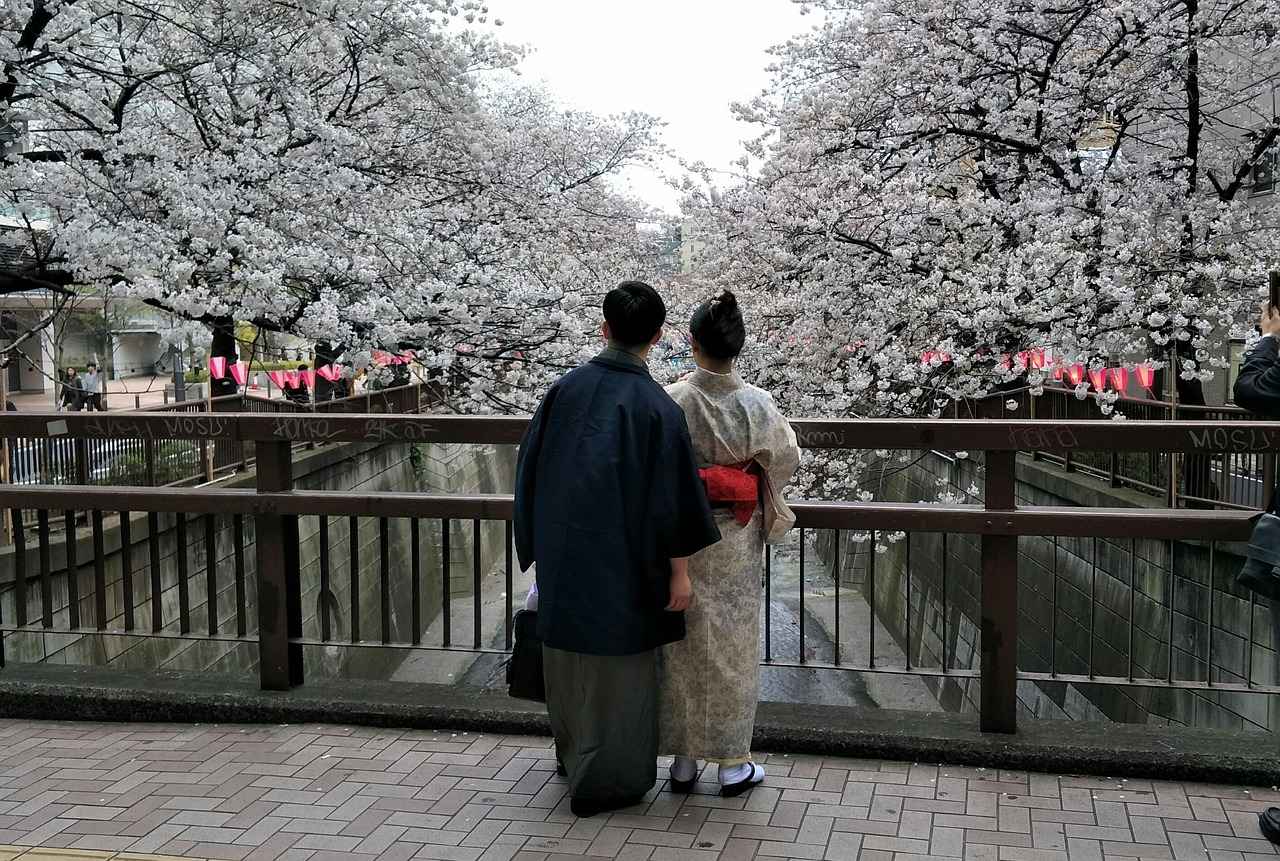
Conclusion: The Enduring Legacy of Kimonos
Kimonos are not merely garments; they embody a rich cultural legacy that has transcended generations. Originating in Japan, the kimono has evolved from a traditional attire into a symbol of artistic expression and identity. This article delves into the multifaceted significance of kimonos, exploring their historical roots, cultural importance, and their relevance in today’s fashion landscape.
The history of the kimono dates back to the Heian period (794-1185), where it began as a simple garment. Over the centuries, it has transformed into a complex attire that reflects the wearer’s social status, age, and occasion. Each kimono is a canvas of intricate designs and colors, often telling a story or representing seasonal themes. This historical significance adds to the kimono’s allure, making it a cherished part of Japanese culture.
As we explore the various types of kimonos, we find that they cater to diverse occasions. From the vibrant Furisode, worn by young women during celebrations, to the elegant Tomesode, typically donned by married women at formal events, each style carries its own symbolism. Casual kimonos like Yukata are favored during summer festivals, showcasing the versatility of this traditional attire.
The artistry involved in kimono fabric and dyeing techniques is equally impressive. Premium materials such as silk provide a luxurious feel, while traditional dyeing methods like Shibori and Yuzen enhance the garment’s beauty. These techniques not only highlight the skill of artisans but also connect the wearer to a long-standing cultural practice.
In recent years, kimonos have seen a resurgence in modern fashion, with designers integrating traditional elements into contemporary styles. This blending of old and new not only preserves the kimono’s legacy but also introduces it to a global audience, ensuring its relevance in today’s fashion world.
In conclusion, kimonos are more than just clothing; they are a timeless symbol of Japanese heritage and an enduring legacy that continues to inspire. Their beauty and cultural significance ensure that they remain relevant, both in traditional settings and modern fashion contexts.
Frequently Asked Questions
- What is the history behind the kimono?
The kimono has a rich and extensive history in Japan, dating back to the Heian period (794-1185). Originally, it served as a practical garment, but over time, it evolved into a symbol of cultural identity and heritage, reflecting the artistry and craftsmanship of Japanese culture.
- What are the different types of kimonos?
Kimonos come in various styles, each designed for different occasions. For instance, formal kimonos like Furisode (for young women) and Tomesode (for married women) are typically worn during significant events. In contrast, casual styles like Yukata are perfect for summer festivals.
- How do you wear a kimono properly?
Wearing a kimono involves specific techniques to ensure that it is worn correctly and respectfully. It’s essential to understand the proper way to tie the obi (belt) and how to layer the garment. Following traditional etiquette not only enhances the look but also honors the cultural significance of the kimono.
- Why is silk preferred for kimonos?
Silk is the most cherished fabric for kimonos due to its luxurious softness and luster. It drapes beautifully and enhances the intricate designs and patterns that are characteristic of traditional kimonos, making it a top choice for both formal and casual wear.
- Are kimonos still relevant in modern fashion?
Absolutely! Kimonos have seen a resurgence in modern fashion, with many designers incorporating traditional elements into contemporary styles. This fusion creates a unique blend that appeals to both fashion enthusiasts and those who appreciate cultural heritage.
